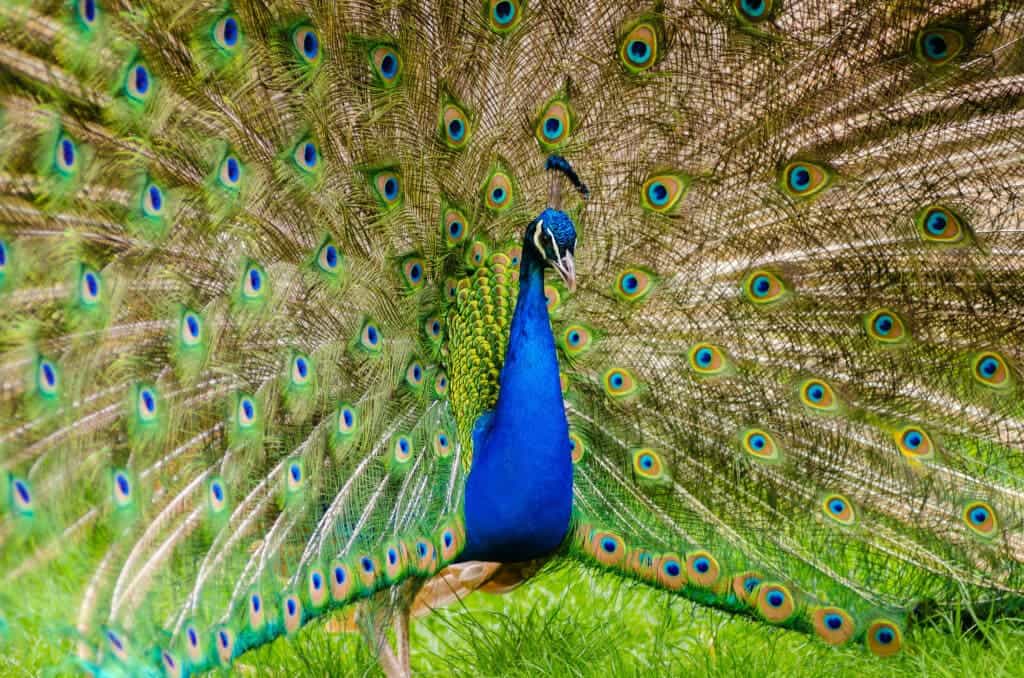
Throughout nature, the colors of blue and green are usually the brightest and most intense. A group of researchers from Cambridge University has now figured out the reason why using an innovative computational model.
Physicist Gianni Jacucci and his team worked on a numerical experiment, assessing the ranges of matt structural color. This is a phenomenon responsible for some of the most intense colors in nature. The model showed how this intensity effect extends only as far as blue and green within the visible spectrum. Notably, matt structural coolers cannot be recreated in the red region of the visible spectrum.
“Most of the examples of structural color in nature are iridescent — so far, examples of naturally-occurring matt structural color only exist in blue or green hues,” said co-author Lukas Schertel in a statement. “When we’ve tried to artificially recreate matt structural color for reds or oranges, we end up with a poor-quality result, both in terms of saturation and color purity.”
Structural color is formed from the disordered array of structures in a way that results in angle-independent matt colors, meaning the colors look the same from any viewing angle. The basis of structural color, the researchers found, is not the result of pigments or dyes, such as with the glossy yellow of the buttercup, which is achieved through a yellow carotenoid pigment.
In contrast, the coloration seen on the wings of birds and butterflies is the result of internal structure alone. The way a color manifests itself is due to the way that structures are arranged at the nanoscale, reflecting light in complex patterns.
Jacucci hopes the data will prove useful with the development of non-toxic paints or coatings with intense color that never fades. Nevertheless, it will take some time for this to happen, as the researchers have to figure out the limitations of recreating these types of colors. They plan to investigate further the use of other kinds of nanostructures to overcome the limitations.
In addition to their intensity and resistance to fading, a matt paint which uses structural color would also be far more environmentally-friendly, as toxic dyes and pigments would not be needed,” said in a statement first author Gianni Jacucci from Cambridge’s Department of Chemistry.
The study was published in the journal PNAS.


